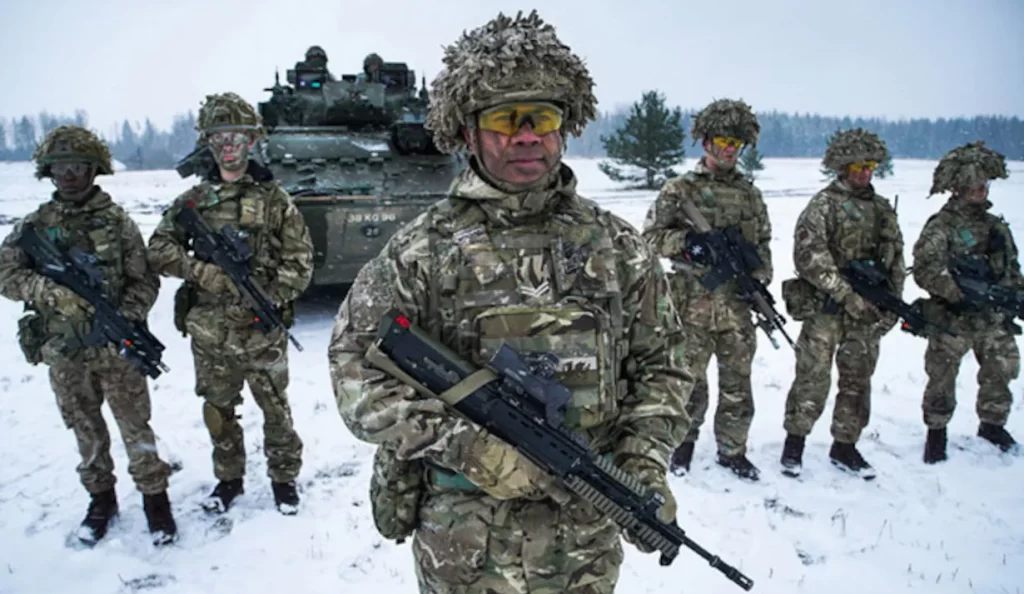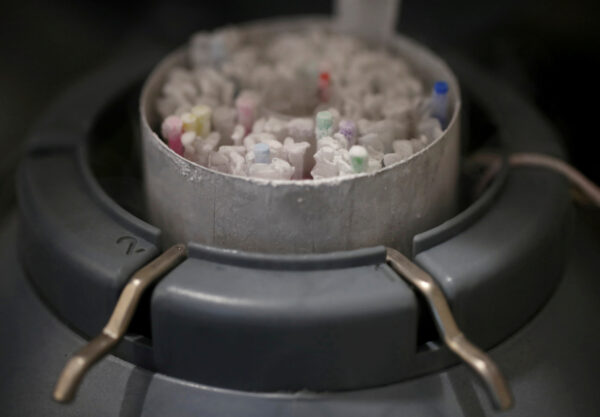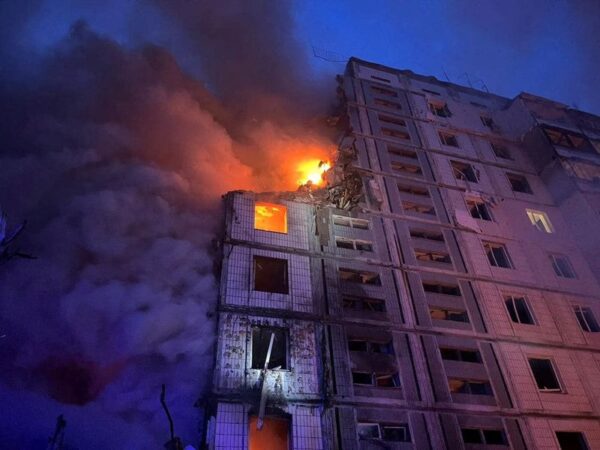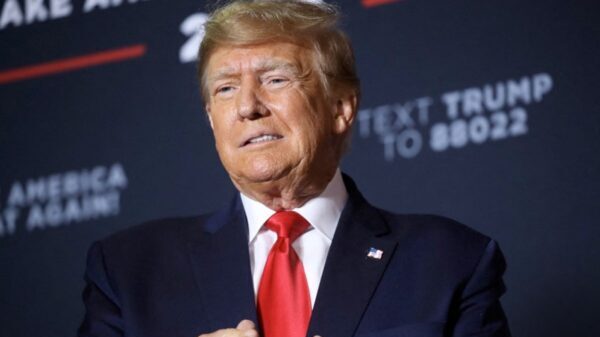
War shows Russia ‘not a peer military for us’ or even smaller NATO troop Russia’s ability to produce sophisticated weapons tends to be eroded further. Six months into the invasion of President Vladimir Putin to Ukraine, the war had defeated the fundamental assumptions about the Russian military and economy. When the US warns about the coming war earlier this year, officials and analysts in Washington and Europe are the same as the Russian military that is much bigger and more complete will quickly dominate Ukraine forces. They also believe that Putin will find himself limited by a weak domestic economy.
US Chief of Staff Chief Mark Milley even warned the Congress that Kyiv could fall within 72 hours after the invasion was launched. President Joe Biden said he would turn Rubel into “debris.” In Kremlin, meanwhile, Putin and his closest advisor saw Ukraine as a country divided by incompetent leaders who did not have the desire to fight. But that hope proved to be drastically wrong. What does this mean that in the end will mark half a year of war and sustainable independence is equally unfinished with the results of conflict. What is clear is that instead of reaffirming Moscow as a global military force as expected by Putin, his decision to attack Ukraine has launched a deep rethink of Russia’s conventional abilities. This also encouraged further expansion of the North Atlantic agreement organization, with Finland which until now neutral and Sweden decided to join a military alliance.
Russia “is not a peer military for the US” or even smaller NATO troops, said Phillips O’Brien, professor of strategic study at the University of St. Andrews in Scotland. The war showed “Cannot carry out complex operations in the British or French or Israeli ways to do it, so in that term it is not even a second -level military force.” Ukraine has suffered great damage to infrastructure, cities and cities and heavy military victims, while the conflict has forced millions of people to flee the country. The economy is struggling.
However, President Volodymyr Zelenskiy has emerged as a challenging war leader who is able to gather his people to cause great losses to the Russian military, who was forced to resign from around the capital, Kyiv, and regroup in the East. Ukraine remains supported by advanced US and European weapons supplies, although it has not shown that it can increase a large-scale-to-survival counter-offensive and its allies find themselves under greater economic pressure.
Asked by the Swiss Blick newspaper this month whether he was worried that Russia would target the next NATO Estonia member, Prime Minister Kaja Kallas said he did not see threats on his border, even though Putin’s name examined the city of Narva in Estonia in a June speech where he discussed The The need to recover missing Russian land.
“The right question is: Is the next NATO turn?,” Kallas told Blick. “Is Russia ready for this?” The forecast of Russia’s economic collapse was proven to widen from the target, with gross domestic product down on a bleak figure, but less than a 4% disaster rate in the second quarter, because the increase in energy prices supported budget revenue. Recently in May, the Russian Ministry of Finance itself estimates 12% contraction this year for the economy weighed by snowstorms of international sanctions.
While the US and his close allies have imposed sanctions, many countries – from China, to India and the Middle East – have not, continue to trade with Moscow. Russia has reduced the supply of natural gas to Europe, using an unexpected strong economic weapon. Although preparations have been made to reduce the impact of further Russian supply of supply, officials from Finland to Germany in the last few days warned citizens to prepare for difficulties.
“The next 5 to 10 winter will be difficult,” said Belgian Prime Minister Alexander de Croo on Monday, when the price of European natural gas rose to about 15 times the average summer. O’Brien is among several Western defense analysts who predict swamps for Putin in Ukraine even before war, and events because it only deepened his doubts about the quality of equipment, training, and Russian command. Russia failed to find a response to only 20 long -distance Himars rocket systems, the 1980s US technology used by Ukraine forces to destroy dump ammunition and logistics systems far behind the Russian line, said O’Brien. “The US has 540 of them. Russia is not even in the same league.”
Inside and outside the government, several Russian policy makers and advisors said they were very aware of the weaknesses of the military – and the challenges that would be faced in Ukraine – before Putin launched February 24 “Special Military Operations.” That is why so many people refuse until the end to believe that he will pull the trigger. One person close to the establishment of Russia’s defense said that the view was that any invasion would be like the Korean War in the 1950s, with a developing front position. In fact, they, however, thought Russia would be able to take more regions to the east of the Central Dnipro River.
The destroyed house in Irpin, Ukraine on April 18. Photographer: Alexey Furman/Getty Images One of the reasons for Russia’s performance is that only because the war has become clear that the military is too counting to hide lack of investment in personnel, according to Michael Kofman, Director of Russian Study at CNA, a Think Tank Washington. When Russia gathered troops around Ukraine for invasion, the estimated scale of troops was based on a count called a battalion tactical group, or BTG-unit maneuver with their own artillery, air defense, logistics, and around 50 tanks and their own steel -Masi included 700-900 troops. It suggested the power of the invasion of around 150,000.
In fact, the average BTG has 600 or fewer personnel, and the total power may be only 90,000 regular Russian troops, said Kofman in this new pod with West Point’s Modern War Institute. With most of the slaughtering personnel come to the infantry, “They basically will fight and no one in the vehicle.” It had a major impact on the war, explaining Russia’s difficulties in leaving the road, involved effectively in the city war and taking territory, according to Kofman. However, he was still careful about drawing conclusions, given the difficulties faced by the US to the military which was much lower in Afghanistan and Iraq.
Under the performance of the Russian Air Force and air defense has also caused questions about the quality of the equipment itself, as well as the Russian pilot training and the operating it. Russia’s ability to produce sophisticated weapons tends to erode further because sanctions inhibit imports. A study of Russian equipment captured or destroyed on the battlefield of Ukraine found 450 foreign -made components in 27 Russian critical weapons systems, including drones, missiles and communication equipment. The majority of these parts were made by US companies, with the rest coming mainly from Ukraine supporters. While smuggling and espionage can fill some vacancy, “Russia and the armed forces remain very vulnerable to multilateral efforts to eliminate the flow of this component and increase their aggressive costs in Ukraine,” August 8 reports by the Royal United United Service in the UK.
At the same time the motivation and ability of Ukrainian troops to innovate, go out thinking of Russian commanders on the field and using unknown NATO standard weapons has shocked many people, with several analysts – and according to August opinion, 98% of Ukraine people – now confident they are can win the war. Russia may not even be able to maintain its nuclear weaponry in the long run, as long as it remains approved, according to Pavel Luzin, a defense analyst in Riddle, a think tank specifically for Russia, and former advisors of Russian opposition leaders who are imprisoned Russia imprisoned in Russia in Russia imprisoned in Russia’s imprisonment Alexey Navalny.
“Lack of industrial equipment, technology, and human capital will make the current number of ICBM, SLBM, and heavy bombers is not possible,” Luzin said, referring to the land, submarines, and Russian air launched by nuclear missiles. For all that, Russia, remains a nuclear superpower with a frightening ability to increase conflict that might not be proven to be decisive. The Soviet Union succeeded in developing its weapons without access to Western Technology (or modern China), obtaining it through the necessary spoonage networks. “The West underestimated the level of elasticity of the Russian system – because it was bad and incompetent, but also quite an explosion because of global,” said Gleb Pavlovsky, a Kremlin political advisor during the first decade of Putin in power







